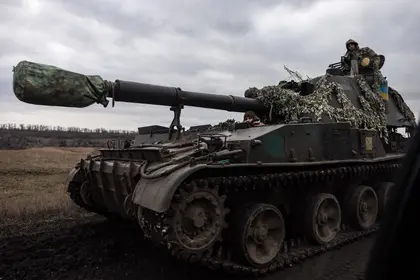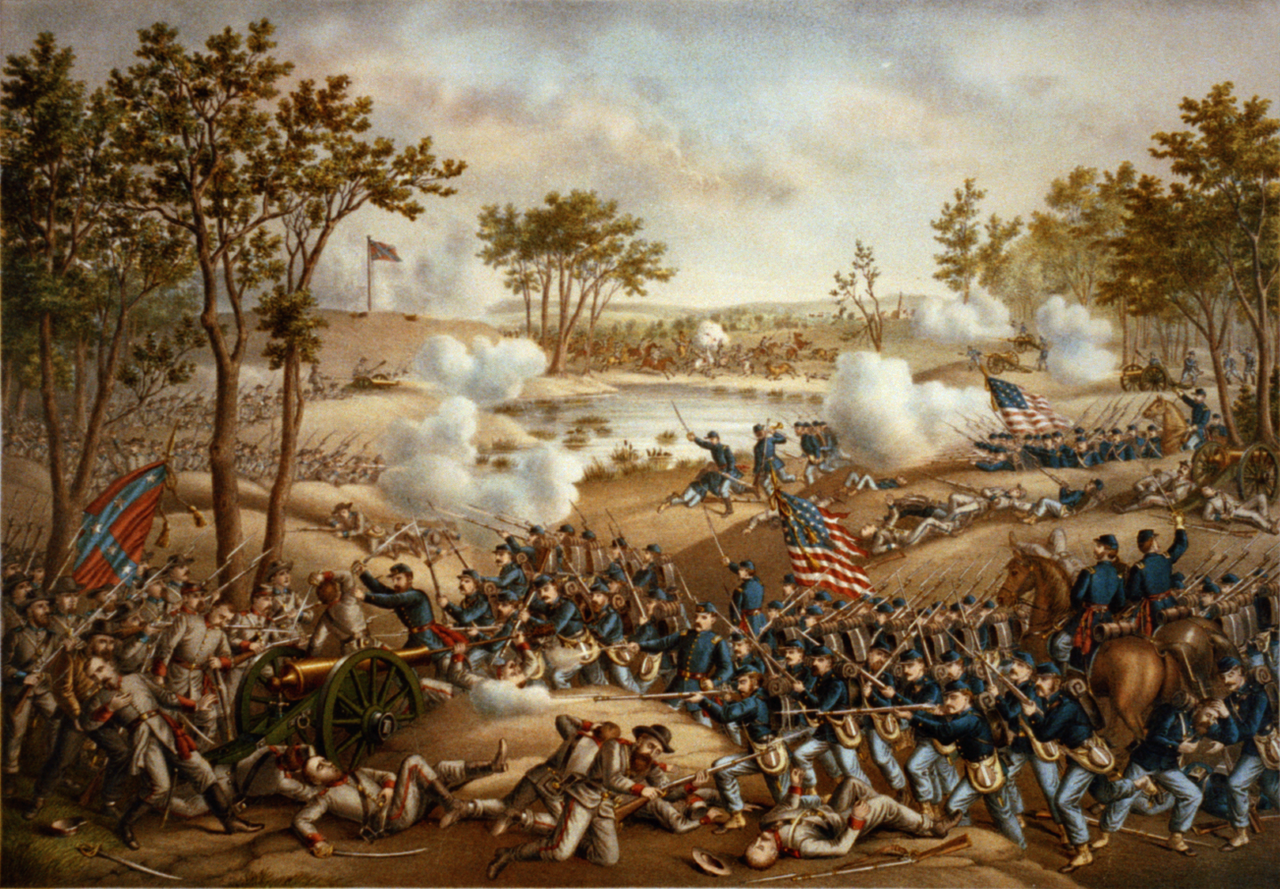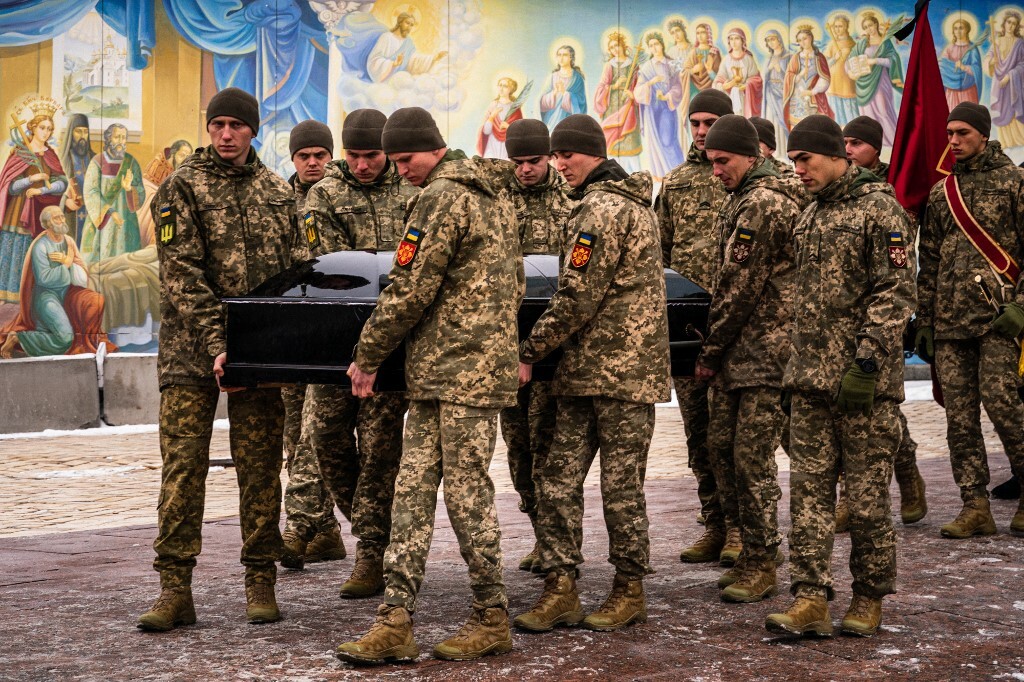The dark heavy fog of war is gradually lifting in the Donetsk oblast, and it is becoming increasingly clear all roads leading from Kyiv and Moscow are strategically converging on Bakhmut and the small salt mining town of Soledar, 15 kilometers northeast of Bakhmut. Clashes of detached Russian and Ukrainian infantry along with exchanges of artillery fire are rapidly devolving into deadly street-to-street fighting, World War I-style trench warfare, and stalemate.
This unfolding whirlwind, tactically, could be any two cities or settlements in eastern Ukraine. However, fate is luring all the competing forces and personalities in this 21st-century war into a perfect storm in and around Bakhmut and Soledar. While the ongoing battles will not determine the outcome of the war, the strategies giving rise to them in Kyiv, Moscow, and Washington might well be determinative.
Russian President Vladimir Putin, in order to retrieve his faltering “special military operation,” is unleashing a calculated new level of attrition warfare by coldly ordering human waves of newly mobilized Russian conscripts to assault Ukrainian fixed positions. Yevgeny Prigozhin, Putin’s would-be king, is making a power play in the fields and salt mines of Soledar, while Russian General Valery Gerasimov is entering the fray as the new overall commander of Russian forces in Ukraine.
Ukrainian President Volodymyr Zelensky is also being forcibly drawn into this deepening vortex of fighting, devastation, and death. For the first time since the war began nearly a year ago, Kyiv is opting to strategically fight Russian military forces in an ongoing series of pitched battles, including in the urban city center of Soledar.

Russia Gave N. Korea Oil, Anti-Air Missiles in Exchange for Troops: Officials
The human cost on all sides is high. Russian corpses line the streets and fields, and Ukrainian presidential advisor Mykhaylo Podolyak estimates the Kremlin has lost “10,000 to 15,000 men, maybe more” in Bakhmut and Soledar since summer, while noting the fighting in the two cities and surrounding region has been the “bloodiest of the war” to date.
On Monday, Zelensky angrily, but resolutely summed up the fighting in Bakhmut and Soledar as “what madness looks like,” while adding “everything is destroyed.” Strategically, however, at least for now, Zelensky and his military advisors and staff are willing to engage Russian forces on this level, gambling they can ultimately turn Bakhmut and Soledar into Putin’s modern-day Stalingrad.
Zelensky’s larger gamble at play in the two cities is that by weakening Russian military forces in the Donbas, he can proactively shape and prep future battlefields for future Ukrainian counter offensives likely to be launched in early Spring in Crimea and elsewhere according to Kyrylo Budanov, military chief of Ukraine’s Main Intelligence Directorate.
Some historic analogies
There is, however, an inherent casualty and attrition risk to Ukraine. The fighting in Bakhmut, Soledar, and the surrounding region is beginning to echo the bloody American Civil War battle at Cold Harbor during the summer of 1864 in central Virginia, due south of Washington D.C. On the surface, it was a major Confederate victory, yet it was also the last time Confederate General Robert E. Lee was able to outmaneuver President Abraham Lincoln’s generals.
Like Putin, Lincoln had failed up until Cold Harbor to find a general willing to fight regardless of cost. General Ulysses S. Grant answered that call and incurred 12,000 Union casualties in the span of 12 days at the cost of 4,000 rebels. Grant knew, like Putin does now, that over time he could absorb bloody losses in men and munitions at a level Lee could not. Grant, as a result, was branded a butcher; however, he was able to reward Lincoln’s resolve with Lee’s surrender at Appomattox Court House.
Like Grant at Cold Harbor, Prigozhin is willing to repeatedly send his Wagner Group’s mercenaries into the “meat grinders” to die in Bakhmut and Soledar. His tactics, increasingly, are resonating with frustrated Russian siloviki, milbloggers, and among the talking heads of Russia’s state-controlled media who, increasingly, according to Russian media analyst and Daily Beast columnist Julia Davis, are losing patience and angry with the Russian Defense ministry over its repeated failures in Ukraine.
Prigozhin, however, is gradually becoming a dangerously loose and uncontrollable cannon. Perhaps even a direct existential threat to Putin at one extreme, or Russian Defense Minister Sergei Shoigu and General Gerasimov at the other. The man known as “Putin’s Chef” gloated while being filmed in a salt mine purportedly in Soledar, claiming that his Wagner mercenaries had seized control of the entire town, only for the Kremlin to subsequently issue a stark denial. Gerasimov’s appointment is likely a clear signal by Putin that he is siding with his embattled defense ministry over Prigozhin.
While Russian General Sergei Surovikin failed as an overall commander to be Putin’s version of Grant, the Kremlin, at least for now, appears to be counting on Gerasimov to finally become that Russian general. Furthermore, it allows Surovikin, who was known for his “total ruthlessness” and is now Gerasimov’s deputy as a combat commander, to return to his specialty of wholesale slaughter on the battlefield. To this end, Putin still, by some estimates, has upwards of 150,000 men in reserve from his earlier partial mobilization of 300,000 conscripts and reservists in September.
Putin soon could have more cannon fodder. Vadym Skibitsky, Ukraine’s deputy military intelligence chief, claimed that Russia is readying an additional 500,000 conscripts in January. If accurate, then Putin is likely going “all in” on his meat grinder approach to war. That would also mean that Putin is intent on making Bakhmut and Soledar the new Russian normal throughout Ukraine.
Essentially, under this antiquated WWII strategic approach, Putin is counting on a “frozen conflict,” and theoretically is determined to fight Ukraine until the last Ukrainian soldier dies. To this end, as we noted in The Hill, Putin has an unwitting accomplice in the Biden administration. It is time U.S. President Joe Biden puts an end to this increasingly “frozen conflict” by channeling his inner U.S. Brig. Gen. Anthony C. McAuliffe – and turning Bakhmut and Soledar into Ukraine’s modern-day version of Bastogne in WWII. Like McAuliffe to the Germans, he should tell Putin in no uncertain terms, “Nuts!”
Let Ukraine do what it does best
Ukraine’s military has consistently proven they are at their best when the country’s combined military forces are free to maneuver on the battlefield, while Russia is proven to be at its worst when fighting from fixed positions or being forced to repeatedly retreat. Since Surovikin assumed command in October, Russia is slowly, but increasingly and effectively adapting to Ukrainian tactics and to the range limitations imposed by Kyiv’s High-Mobility Artillery Rocket System (HIMARS) and its ammunition sent by the Biden administration.
Ukraine cannot remain on the defense and just win pitched battles. To counter Putin’s Bakhmut and Soledar “human wave” strategy, Kyiv needs added range and munitions capacity to strike cruise missile and drone launching points, to interdict Russian forces before they arrive on the front lines, and to preemptively assault armor staging points.
Zelensky also urgently needs the ability to conduct effective counterfires against Russian artillery, to target ammunition, fuel and supply depots, and Russia’s command and control centers. Kyiv and the West cannot afford to let Russia fully commit potentially upwards of 800,000 troops into the fight. Waiting for that to happen could be fatal for Ukraine.
In order to redress this Washington- and NATO-imposed Achilles Heel and avoid the deepening perfect storm in Bakhmut and Soledar threatening to subsume all of Ukraine, Kyiv immediately needs ATACMS, advanced tanks such as the German Leopard 2, armored personnel carriers including the Bradley fighting vehicle, additional artillery, Patriots, and yes, even fighter jets, including F-15 Eagles.
Ukraine, once again, as it did early in the war and over the summer and fall in Kharkiv and Kherson, needs to be freed up to do what it does best: take the fight to Putin’s military forces wherever they are, be it in Russia, Belarus, the Black Sea, or the Sea of Azov, and to batter them into full-scale retreat. This is Ukraine’s “Don’t tread on me” moment, and the free world, led by Washington and NATO, must fully stand behind Zelensky and the country’s brave and gallant fighting forces.
Slava Ukraini!
Copyright 2023. Jonathan E. Sweet and Mark C. Toth. All rights reserved.
Jonathan Sweet, a retired Army colonel, served 30 years as a military intelligence officer. His
background includes tours of duty with the 101st Airborne Division and the Intelligence and
Security Command. He led the U.S. European Command Intelligence Engagement Division from
2012-14, working with NATO partners in the Black Sea and Baltics. Follow him on
Twitter @JESweet2022.
Mark Toth is a retired economist, historian and entrepreneur who has worked in banking,
insurance, publishing, and global commerce. He is a former board member of the World Trade
Center, St. Louis, and has lived in U.S. diplomatic and military communities around the world,
including London, Tel Aviv, Augsburg, and Nagoya. Follow him on Twitter @MCTothSTL.
The views expressed in this article are the author’s and not necessarily those of Kyiv Post.
You can also highlight the text and press Ctrl + Enter








